Gakenke: An Eco-friendly village aims to reduce disaster-related deaths

By Kwizera Juvenalis
The LDCF3 Project, operating under the Rwanda Environment Management Authority (REMA), has made essential progress in establishing an eco-friendly village (Muzo IDP Model Village) in Gakenke District, Muzo Sector.
The village is expected to provide safe and sustainable settlement for residents while reducing the risk of deaths caused by rain-induced disasters.
In partnership with the Rwanda Housing Authority, 200 modern houses are being constructed in Kagano Village, accompanied by notable infrastructure aimed at protecting biodiversity, soil, and improving the overall well-being of the community.
This village has already started give out positive outcomes for residents of Muzo Sector. Since its inception, locals have gained opportunities in livestock farming, small business development, and knowledge in sustainable and productive agriculture.
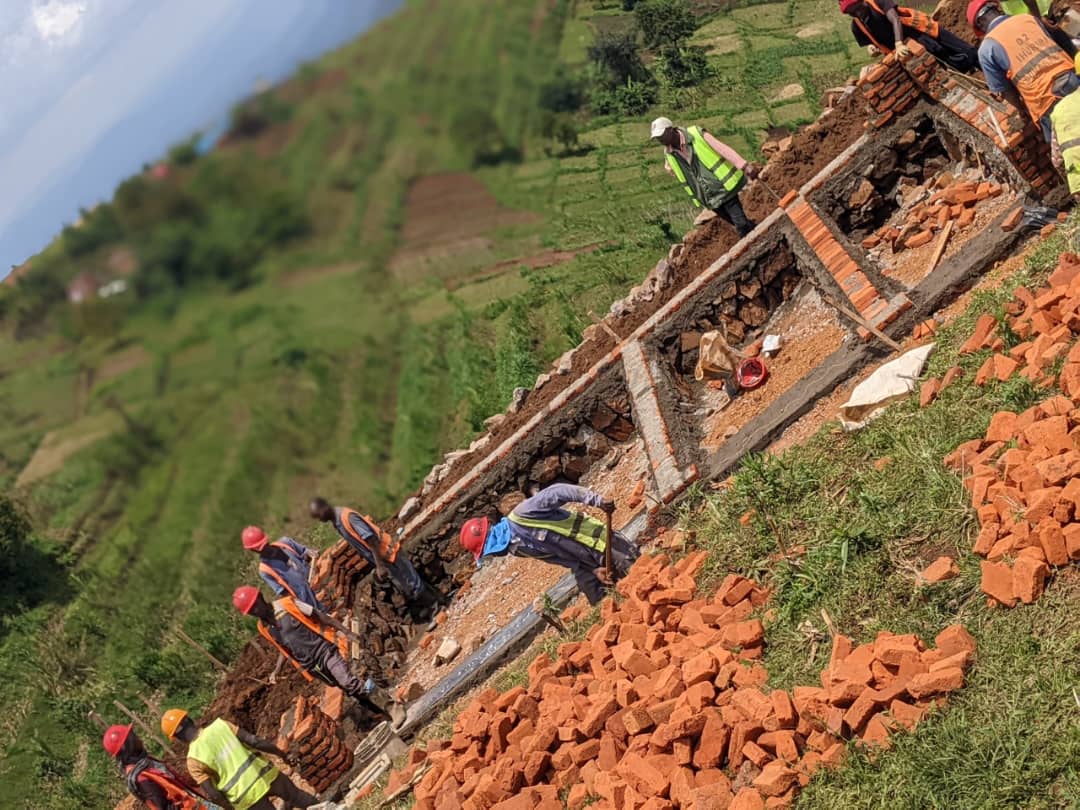
“Since the construction of this village began, it has brought us many benefits. We were given jobs, and I’ve since managed to buy three pigs and sheep. I’ve also been able to support my family in enrolling for community health insurance on time.” Clarisse Nyirambabarire, a resident of Bitaba Village, shared.
Jean Claude Tuyemere added:
“Before this project reached us, we were struggling with poverty, it was difficult to even earn 5,000 Rwandan francs a month. Now, I work as a mason and earn at least Rwf 100,000 monthly. We’ve gained access to modern housing and been trained on how to maintain our environment. This helps us fight disasters and prevent agricultural damage from soil erosion and landslides. There are also strategies to fight malnutrition, including plans to distribute fruit trees.”
Charles Sindayigaya, the project coordinator, highlighted the overall impact of the LDCF3 project and how this village will transform lives.
“In this District, the project operates in both Muzo and Muyongwe sectors. We are implementing activities aimed at providing secure settlement for residents while addressing climate change. The project is not limited to housing, terracing is being done to boost agricultural productivity, and forests are being planted to protect riverbanks,” he explained.
“The topography of this district is hilly, and residents often live in high-risk zones where disasters strike. Landslides destroy homes, and people living at the bottom of slopes often get flooded. That’s why we worked with Gakenke district to create this model village. Every house will have a rainwater tank to reduce runoff. We will also install lightning rods, livestock sheds, a marketplace, a health post, a daycare center, a youth skills center, and more.”
To address poor waste management, a modern landfill is being constructed within the village. It will be divided into sections to help residents sort waste. Organic waste will be turned into livestock feed and compost for their gardens, boosting productivity.
Vestine Mukandayisenga, the Mayor of Gakenke District, emphasized the importance of the LDCF3 project in helping the district achieve its performance contracts.
“These activities, in partnership with REMA, aim to protect the environment. We are terracing, resettling people safely, and improving their well-being. When land is used properly, people farm and get good yields, these are among the direct benefits of the project. Trees have been planted, and solar panels provided so our residents have access to clean energy.
We appreciate how the project is increasing awareness. People now understand the importance of tree planting, terracing, and environmental protection, which helps prevent disaster risks in our hilly landscape,” she said.
She urged residents to take ownership of the houses built for them, treating them as their own homes rather than as project gifts, in order to maximize the benefits of safe and dignified living.
Out of the 93,609 households in Gakenke District, over 30,000 still live in scattered settlements. About 25% of these are located in high-risk zones, with 308 households living in extremely hazardous areas (…) some of whom are currently in temporary shelters to avoid disaster losses.
This project is funded by UNDP and the Global Environment Facility (GEF). So far, 2,100 hectares of land have been reforested and 400 hectares terraced. The total project budget is $8.5 million USD, which is being invested in the districts of Kirehe and Gakenke.
Trending Now
Hot Topics
Related Articles
Breaking Climate Silos: What a Week in Naivasha Taught Me About Forecasting
A week in Naivasha opened my eyes to the power of climate...
Kivu Beach Expo & Festival Brings Joy to Rutsiro While Showcasing the Region’s Natural and Sustainable Potential
The arrival of the Kivu Beach Expo & Festival in Boneza Sector,...
Kivu Beach Festival Triggers Urgent Economic Development Push in Rutsiro
Preparations for the 2025 Kivu Beach Expo & Festival have become a...
COP30 Raised Ambition on Adaptation Finance Yet Africa’s 150 Billion Dollar Gap Tells a Different Story
COP30 in Belém was billed as the moment the world would finally...




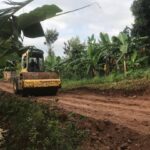
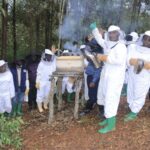
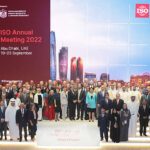
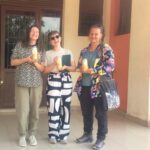


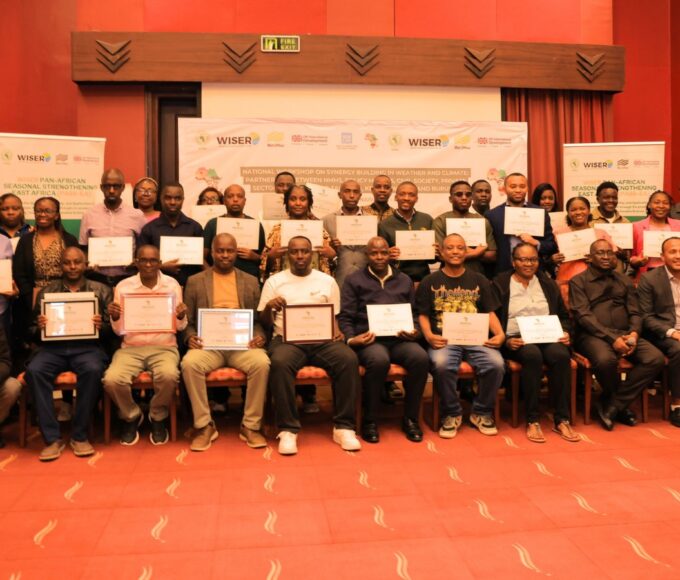
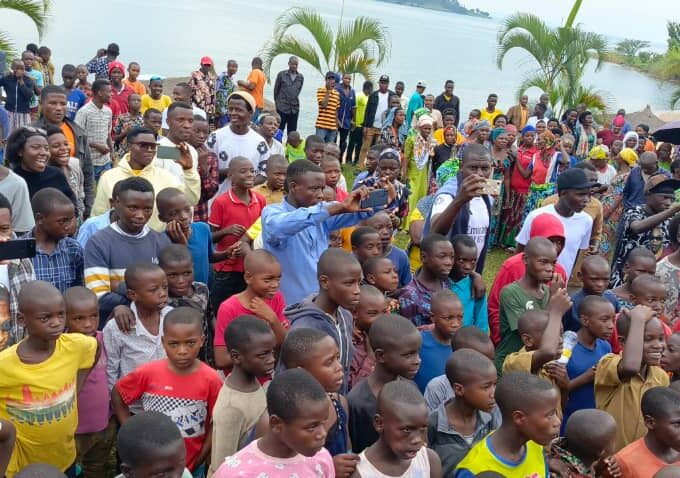
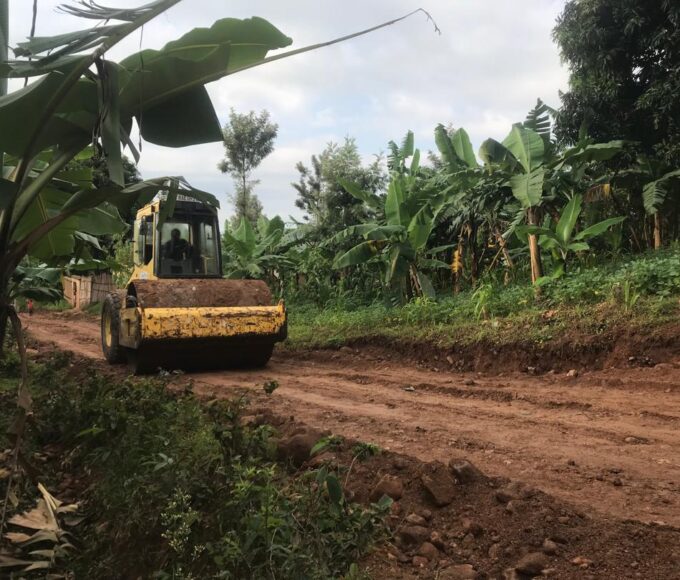
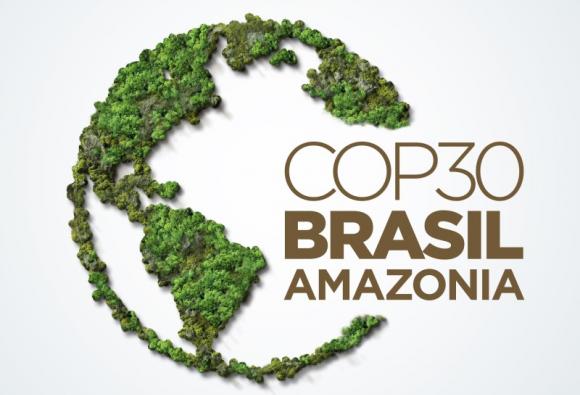
Leave a comment